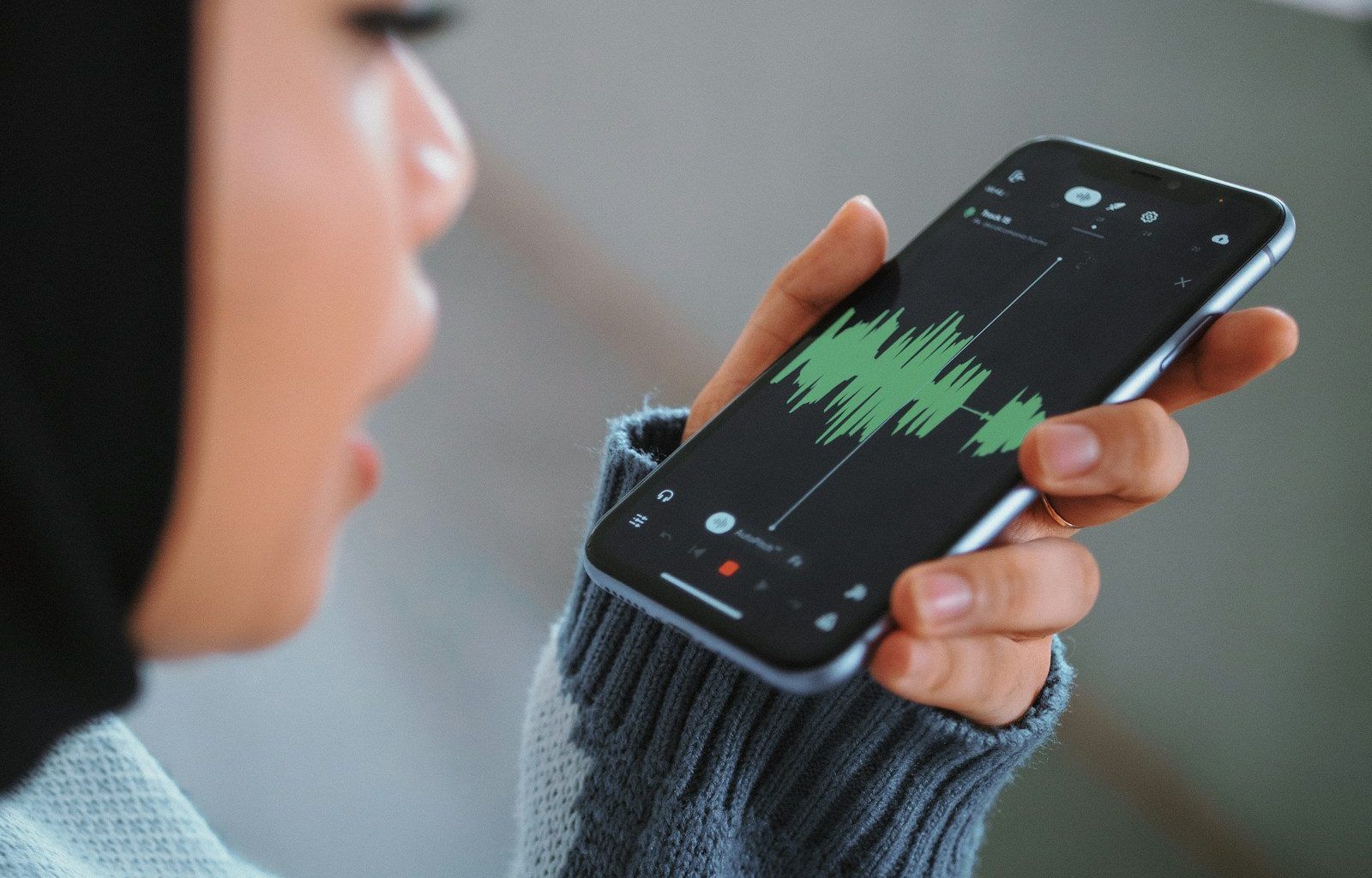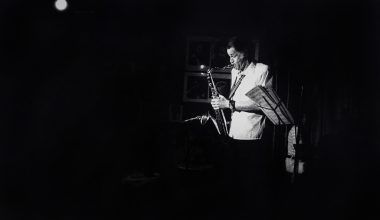If you’ve ever dreamed of making music, creating your own podcasts, or producing soundtracks for films, you’ve probably come across the term “list of daws”. A Digital Audio Workstation, or list of daws is your central hub for audio production. It’s software that allows you to record, edit, mix, and produce audio. But with so many DAWs available, it’s easy to feel overwhelmed. Which one should you choose? In this guide, we’ll break it down for you.
What Is a DAW and Why Do You Need One?
Before diving into the list of DAWs, let’s talk about why they are so important. A DAW is like a virtual studio. It replaces traditional mixing consoles, tape machines, and other analog equipment with a digital interface. Whether you’re a professional music producer or just starting out, a DAW gives you the tools you need to bring your ideas to life.
What makes a good DAW? The answer depends on your goals. Some people want software that’s easy to learn, while others need advanced features for professional-grade projects. Whatever your needs, there’s a DAW out there for you.
Top Digital Audio Workstations to Explore
Let’s jump into the best DAWs on the market. We’ll cover their key features, who they’re best for, and why they stand out. This list will help you decide which DAW is the perfect fit for your creative journey.
1. Ableton Live
Ableton Live is a favorite among electronic music producers and live performers. It’s known for its unique Session View, which makes it easy to experiment with loops and clips in real time. The intuitive interface lets you quickly sketch out ideas, whether you’re at home or on stage.
- Best for: Electronic music, live performances
- Key features: Session View, seamless integration with MIDI controllers, advanced warping for time-stretching audio
- Why choose Ableton Live? If you’re into EDM, hip-hop, or live DJ sets, this DAW will feel like second nature.
2. FL Studio
FL Studio, often called “Fruity Loops,” is beloved for its simplicity and affordability. Its drag-and-drop interface makes it perfect for beginners, but don’t underestimate its power. It comes with a robust set of plugins and virtual instruments.
- Best for: Beginners, beatmakers
- Key features: Pattern-based workflow, piano roll for MIDI editing, lifetime free updates
- Why choose FL Studio? It’s user-friendly and offers excellent value for money.
3. Logic Pro
Logic Pro is Apple’s flagship DAW and a go-to for Mac users. It’s packed with features that cater to both beginners and professionals. From recording live instruments to mixing and mastering, Logic Pro does it all.
- Best for: Songwriters, composers
- Key features: Smart Tempo, Drummer for creating realistic drum tracks, tons of loops and samples
- Why choose Logic Pro? If you own a Mac and want a professional-grade DAW, this is it.
4. Pro Tools
Pro Tools is the industry standard for audio production. It’s used in professional recording studios worldwide and is ideal for large-scale projects. While it has a steeper learning curve, its powerful editing and mixing capabilities make it worth the effort.
- Best for: Professional studios, audio engineers
- Key features: Advanced editing tools, seamless integration with hardware, cloud collaboration
- Why choose Pro Tools? If you’re aiming for a career in audio engineering, Pro Tools is a must-have.
5. Cubase
Cubase is a versatile DAW that excels in music composition and production. It’s known for its MIDI editing tools and powerful audio engine. Whether you’re creating orchestral arrangements or electronic tracks, Cubase has you covered.
- Best for: Composers, versatile producers
- Key features: Advanced MIDI tools, VariAudio for pitch correction, large library of virtual instruments
- Why choose Cubase? Its flexibility makes it suitable for a wide range of genres and styles.
6. Reaper
Reaper is a hidden gem in the world of DAWs. It’s affordable, lightweight, and highly customizable. While it doesn’t come with as many built-in plugins as some other DAWs, its third-party plugin support is excellent.
- Best for: Budget-conscious producers, advanced users
- Key features: Fast performance, customizable interface, extensive third-party plugin support
- Why choose Reaper? If you want a powerful DAW without breaking the bank, Reaper is a fantastic option.
7. GarageBand
GarageBand is perfect for beginners and hobbyists. Pre-installed on macOS devices, it’s free and easy to use. While it lacks some of the advanced features of Logic Pro, it’s a great starting point.
- Best for: Beginners, casual users
- Key features: Simple interface, built-in loops and instruments, integration with Logic Pro
- Why choose GarageBand? It’s free and user-friendly, making it ideal for entry-level producers.
8. Studio One
Studio One by PreSonus is a rising star in the DAW world. It’s known for its drag-and-drop functionality and innovative features like the Scratch Pad, which lets you try out ideas without affecting your main project.
- Best for: All-in-one production
- Key features: Scratch Pad, integrated mastering tools, intuitive workflow
- Why choose Studio One? It combines ease of use with professional-grade features.
9. Reason
Reason is more than just a DAW; it’s also a virtual rack of instruments and effects. Its unique interface mimics a physical studio rack, making it a favorite among sound designers and experimental producers.
- Best for: Sound design, experimental music
- Key features: Virtual rack, high-quality synths, compatibility with other DAWs
- Why choose Reason? If you love tinkering with sounds, Reason’s modular approach is perfect for you.
10. Bitwig Studio
Bitwig Studio is a relatively new DAW but has quickly gained popularity. It’s similar to Ableton Live but offers unique features like modular sound design and a customizable interface.
- Best for: Creative producers, experimental music
- Key features: Modular Grid, advanced automation tools, cross-platform support
- Why choose Bitwig Studio? If you want cutting-edge features and flexibility, give Bitwig a try.
How to Choose the Right DAW for You
Now that you know the top DAWs, how do you pick the right one? Start by considering your goals and budget. Are you a beginner looking for something simple? Or do you need advanced tools for professional work? Think about your workflow preferences too. Some DAWs are more intuitive than others.
It’s also a good idea to try out free trials or demos. This way, you can get a feel for the interface and features before committing. Remember, the best DAW is the one that inspires you to create.
Conclusion
Choosing a list of daws doesn’t have to be complicated. Each DAW has its strengths, and the right choice depends on your needs and preferences. Whether you’re a budding producer or an experienced professional, there’s a DAW that’s perfect for you.
So, what are you waiting for? Dive into the world of list of daws digital audio workstations and start creating amazing music today. Happy producing!
Related Articles:
For further reading, explore these related articles:
- All the Good Girls Go to Hell Lyrics: An Easy Guide to Billie Eilish’s Famous Song
- Donna Summer: The Queen of Disco Who Changed Music Forever
For additional resources on music marketing and distribution, visit DMT RECORDS PRIVATE LIMITED.






